
Code: 15478353
Helium and Hydrogen Isotope Adsorption and Separation in Metal-Organic Frameworks
by Ingrid Zaiser
The separation of isotopes has always been a challenge because of their identical size, shape and thermodynamic properties. Nowadays, the extraction of deuterium is performed e.g. by the Girdler Sulfid process or cryogenic distill ... more
- Language:
 English
English - Binding: Paperback
- Number of pages: 200
Publisher: Cuvillier, 2016
- More about this

63.44 €
RRP: 64.71 €
You save 1.27 €

In stock at our supplier
Shipping in 15 - 20 days
You might also like
-

Does It Take A Village?
68.52 € -

PREPAK-BRINGING YOUR SADNESS T
9.13 € -19 % -

Dressage and illusio
85.37 € -9 % -

Put in His Thumb and Pulled Out a Plum
33.90 € -6 % -

Examining Leader Personality Traits and the Competing Values Model
31.67 € -9 % -

Magnetism in Carbon Nanostructures
139.18 € -14 % -

Le voyage d'Octavio
11.16 €
Give this book as a present today
- Order book and choose Gift Order.
- We will send you book gift voucher at once. You can give it out to anyone.
- Book will be send to donee, nothing more to care about.
More about Helium and Hydrogen Isotope Adsorption and Separation in Metal-Organic Frameworks
You get 158 loyalty points
 Book synopsis
Book synopsis
The separation of isotopes has always been a challenge because of their identical size, shape and thermodynamic properties. Nowadays, the extraction of deuterium is performed e.g. by the Girdler Sulfid process or cryogenic distillation, which lead to low separation factors (below 2.5) in combination with high energy costs. The standard way to produce helium-3 is to skim it as a byproduct of the radioactive tritium decay. In this thesis, two alternative approaches have been investigated for the separation of light isotopes, Quantum Sieving and Chemical Affinity Sieving . While Quantum Sieving is based on confinement in small pores, Chemical Affinity Sieving relies on strong adsorption sites. Both methods use the mass difference of the isotopes, which is related to their zero-point energy. The microporous metal-organic frameworks are excellent candidates for studying these quantum effects due to their well-defined pore structure and the possibility to introduce strong adsorption sites directly into the framework. The samples have been exposed to an isotope mixture and the adsorbed quantity of each isotope was detected by low-temperature thermal desorption spectroscopy (TDS). The ratio of the desorbed amount of the isotopes leads directly to the selectivity (separation factor). The selectivity is determined as a function of exposure time and temperature and exhibits the highest value of 25 observed for hydrogen isotopes at temperatures well above the boiling point of liquid nitrogen.
 Book details
Book details
Book category Books in English Mathematics & science Physics
63.44 €
- Full title: Helium and Hydrogen Isotope Adsorption and Separation in Metal-Organic Frameworks
- Author: Ingrid Zaiser
- Language:
 English
English - Binding: Paperback
- Number of pages: 200
- EAN: 9783736993778
- ISBN: 3736993773
- ID: 15478353
- Publisher: Cuvillier
- Weight: 245 g
- Dimensions: 210 × 148 × 11 mm
- Date of publishing: 31. October 2016
Trending among others
-
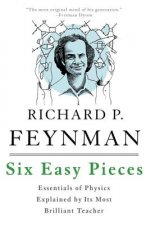
Six Easy Pieces
12.07 € -34 % -

Philosophiae Naturalis Principia Mathematica (Latin,1687)
19.48 € -
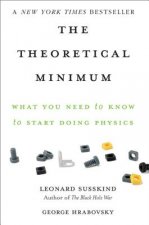
The Theoretical Minimum
15.02 € -26 % -

Big Picture
15.22 € -21 % -
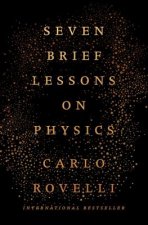
Seven Brief Lessons on Physics
14 € -27 % -
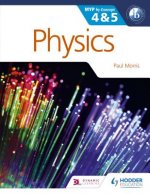
Physics for the IB MYP 4 & 5
62.83 € -

University Physics with Modern Physics, Global Edition
92.78 € -
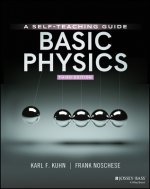
Basic Physics - A Self-Teaching Guide, Third Edition
20.09 € -31 % -

Six Not-So-Easy Pieces
13.70 € -25 % -

Big Picture
23.54 € -18 % -

Physics for Scientists and Engineers with Modern Physics
114.31 € -
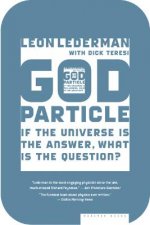
God Particle
21.61 € -20 % -
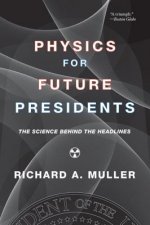
Physics for Future Presidents
17.05 € -14 % -

Beautiful Question
17.86 € -

Fundamentals
21.31 € -21 % -

Physics for Cambridge IGCSE™ English Language Skills Workbook with Digital Access (2 Years)
13.59 € -5 % -

Physics for Scientists and Engineers: A Strategic Approach with Modern Physics, Global Edition
77.15 € -

The Feynman Lectures on Physics Set
180.40 € -20 % -

Physics: Principles with Applications, Global Edition
91.36 € -
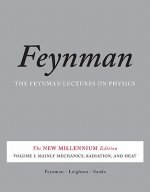
Feynman Lectures on Physics, Vol. I
55.32 € -

PHYSICS OF THE IMPOSSIBLE: A SCIENTIFIC
14 € -27 % -

Feynman Lectures on Physics, Vol. III
48.42 € -

Brief History of Time
16.74 € -13 % -
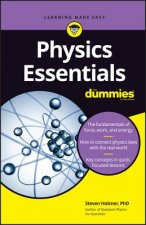
Physics Essentials For Dummies
13.90 € -15 % -

Something Deeply Hidden
21.51 € -17 % -

Advanced Physics For You
90.85 € -
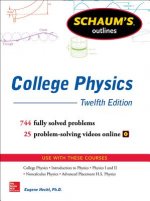
Schaum's Outline of College Physics, Twelfth Edition
17.86 € -28 % -
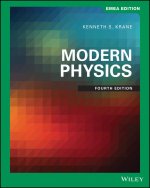
Modern Physics, Fourth EMEA Edition
72.88 € -

Schaum's Outline of Beginning Physics I: Mechanics and Heat
29.94 € -21 % -
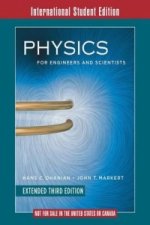
Physics for Engineers and Scientists
81.92 € -
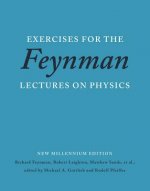
Exercises for the Feynman Lectures on Physics
20.70 € -20 % -
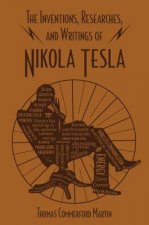
Inventions, Researches, and Writings of Nikola Tesla
14.10 € -18 % -
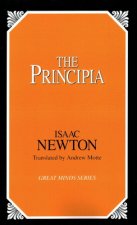
Principia
16.64 € -13 % -

Direction of Time
16.34 € -10 % -

Information Theory, Inference and Learning Algorithms
70.85 € -2 % -
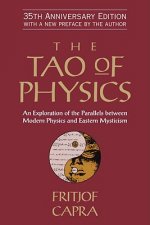
Tao of Physics
16.03 € -24 % -
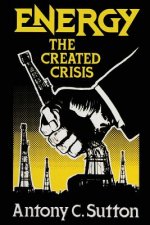
Energy
20.19 € -
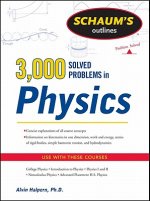
Schaum's 3,000 Solved Problems in Physics
25.98 € -27 % -
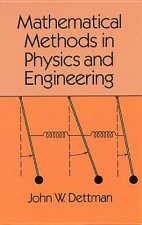
Mathematical Methods in Physics and Engineering
19.58 € -24 % -

What Is Real?
15.32 € -28 % -
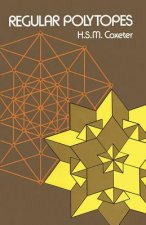
Regular Polytopes
14.71 € -19 % -
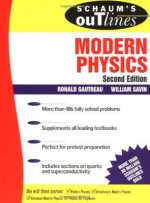
Schaum's Outline of Modern Physics
25.37 € -20 % -
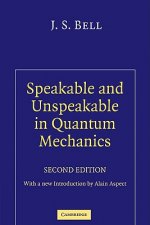
Speakable and Unspeakable in Quantum Mechanics
73.80 € -1 % -
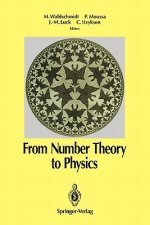
From Number Theory to Physics
179.08 € -
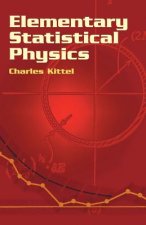
Elementary Statistical Physics
16.13 € -15 % -

Schaum's Outline of Physics for Engineering and Science, Fourth Edition
18.97 € -27 % -
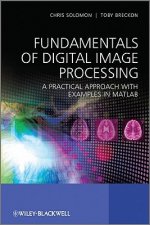
Fundamentals of Digital Image Processing - A Practical Approach with Examples in Matlab
79.69 € -

Panchatantra
23.04 € -

String Theory and M-Theory
145.47 €
Collection points Bratislava a 2642 dalších
Copyright ©2008-24 najlacnejsie-knihy.sk All rights reservedPrivacyCookies


 15549 collection points
15549 collection points Delivery 2.99 €
Delivery 2.99 € 02/210 210 99 (8-15.30h)
02/210 210 99 (8-15.30h)